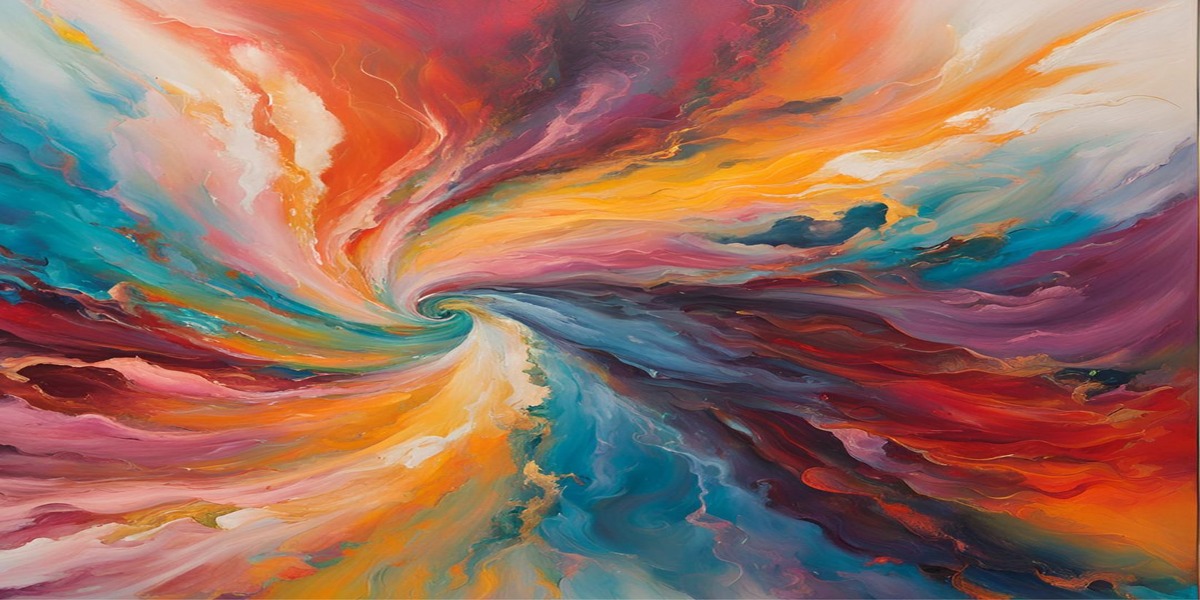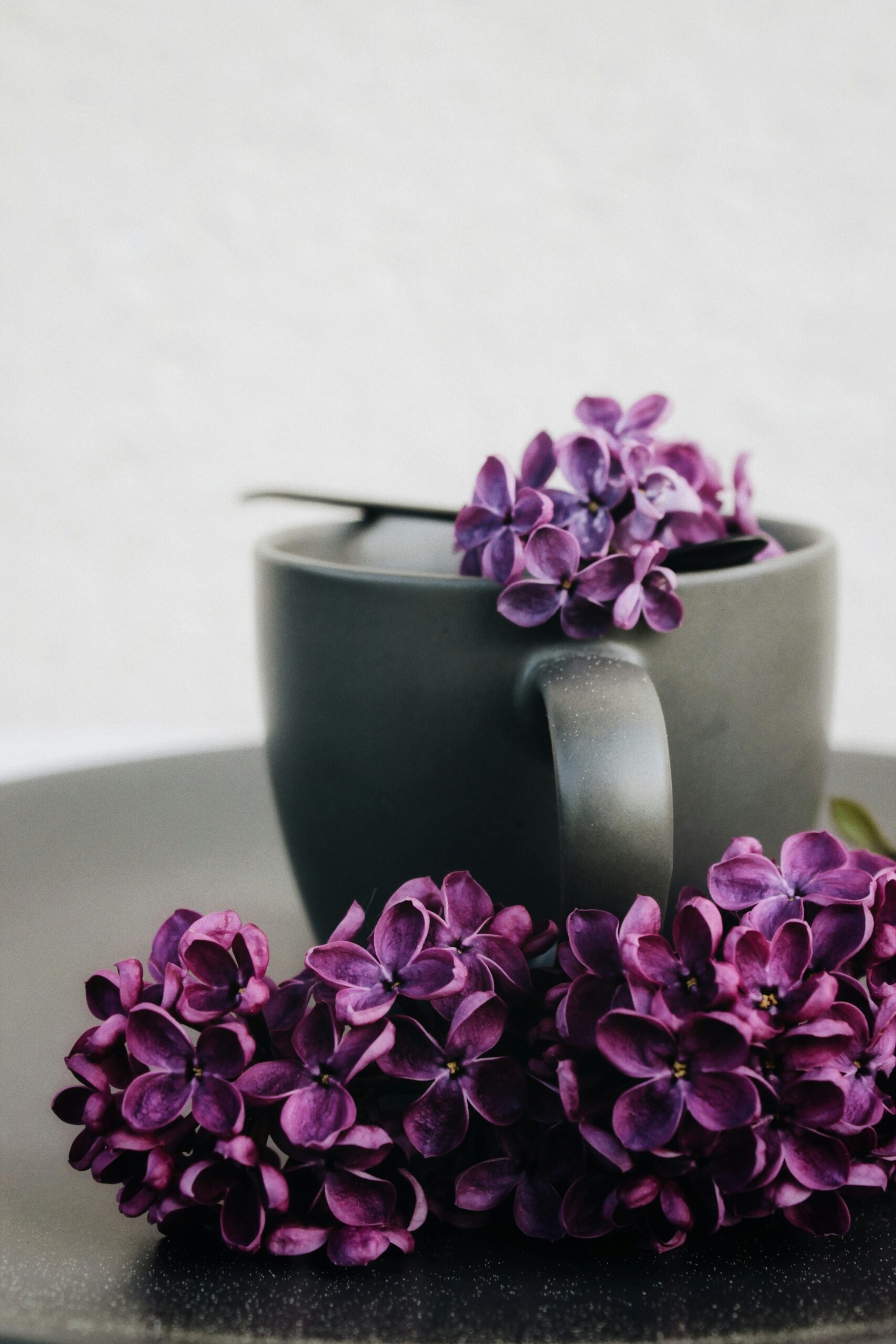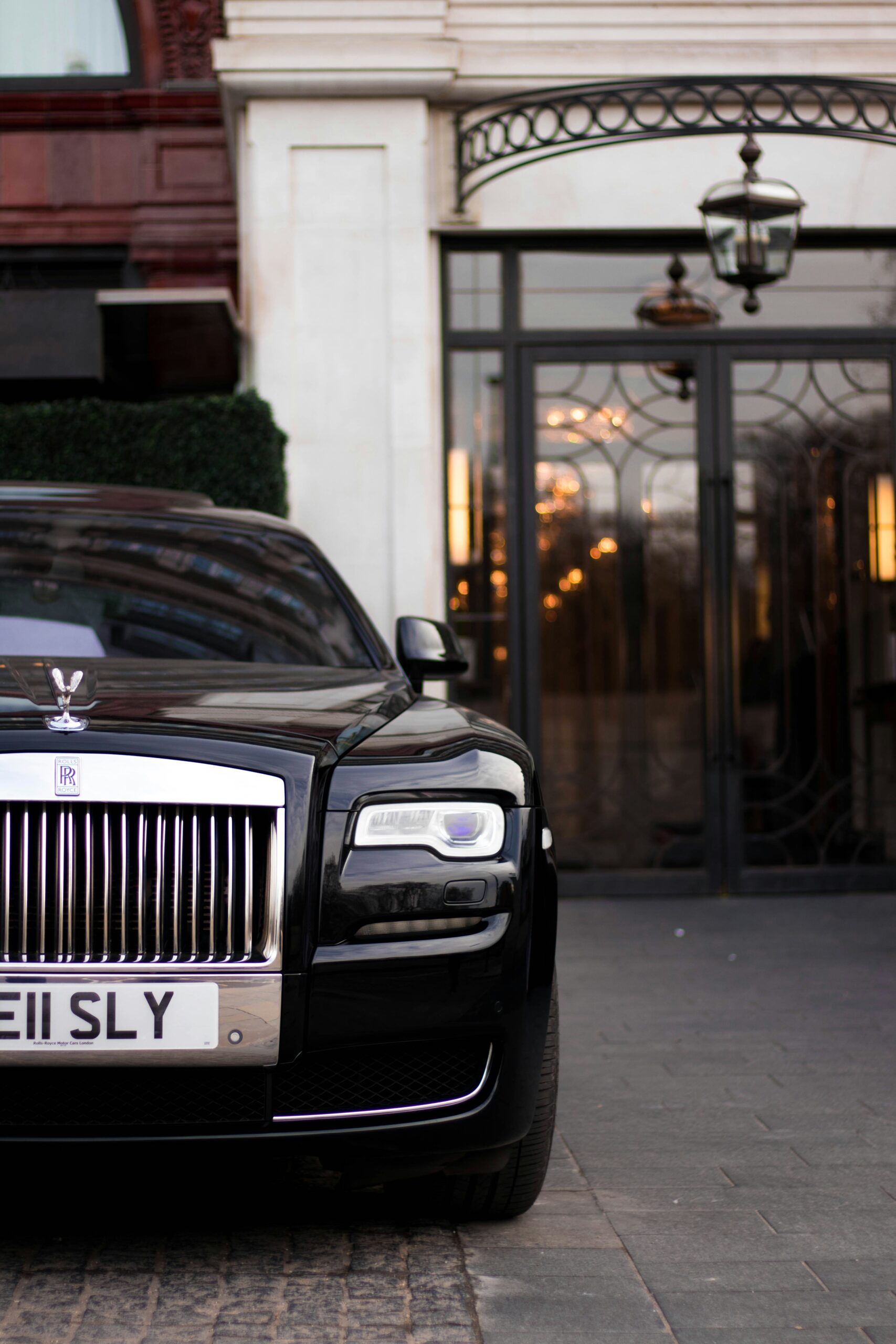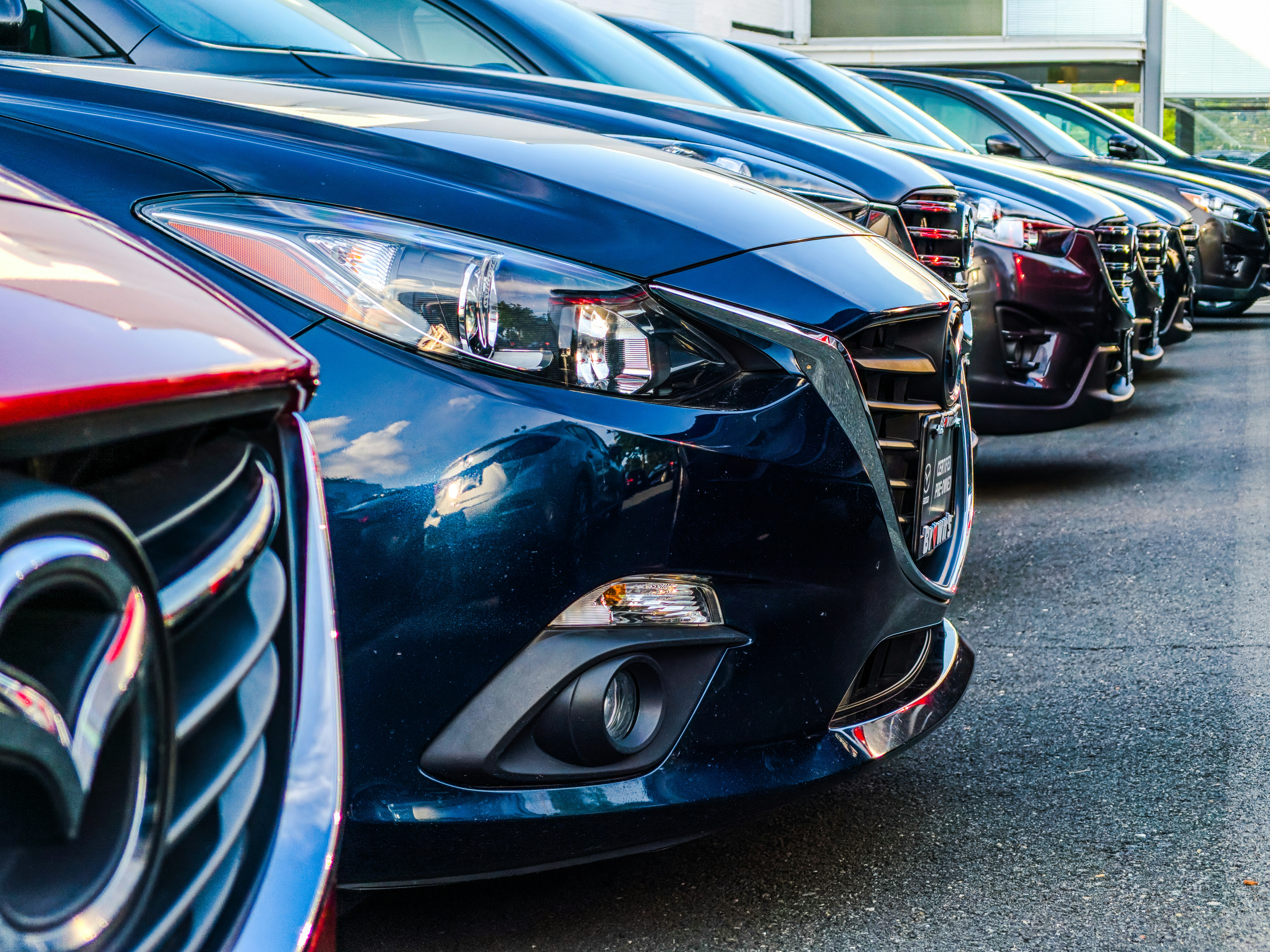Art has always been a reflection of society, personal expression, and emotion. Within this world of creativity and innovation, the work of Mario de Graaf stands out for its unique blend of contemporary and abstract styles. But what exactly makes Mario de Graaf art so special? From his striking use of color to his thought-provoking subject matter, de Graaf’s artwork captivates viewers and leaves a lasting impression. This article will explore the defining elements of his art and why it resonates so deeply with art enthusiasts.
Who is Mario de Graaf?
Before diving into what makes Mario de Graaf art exceptional, it’s essential to know more about the artist himself. Mario de Graaf is a Dutch artist whose work spans various mediums, including painting, sculpture, and mixed media. Over the years, his work has evolved from traditional forms into more abstract and experimental expressions. De Graaf’s art draws inspiration from his personal experiences, modern society, and the human condition, making his pieces both relatable and emotionally powerful.
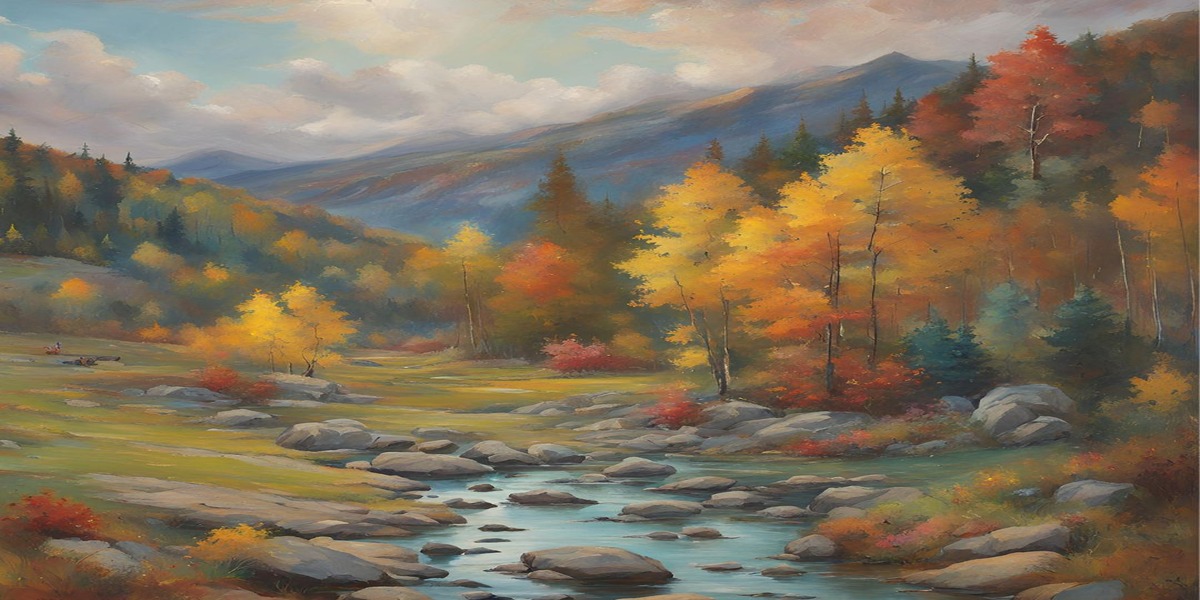
The Signature Style of Mario de Graaf
What sets Mario de Graaf’s art apart from other contemporary artists is his distinct style, characterized by bold color choices, dynamic shapes, and an abstract approach. His art is often described as both chaotic and harmonious, with layers of complexity that require close observation to fully appreciate.
1. Innovative Use of Color
One of the most distinctive elements of Mario de Graaf’s art is his innovative use of color. De Graaf doesn’t shy away from vibrant hues, often layering colors in ways that create depth and evoke emotion. His color palettes are known to shift from warm, inviting tones to cold, detached shades, symbolizing the duality of human emotions. For example, in his work titled Eclipse, de Graaf uses contrasting reds and blues to depict the tension between hope and despair.
The emotional impact of color in his paintings goes beyond mere aesthetics; it serves as a tool for storytelling. De Graaf uses color theory to create emotional landscapes that resonate with viewers on a subconscious level. This technique aligns him with other great artists like Kandinsky and Rothko, who also used color to evoke powerful emotions.
2. Abstract Forms and Shapes
Mario de Graaf art is deeply rooted in abstraction. Rather than focusing on lifelike representations, de Graaf distills his subjects down to their core emotions and concepts. His abstract forms challenge traditional perspectives and invite viewers to interpret his work in personal and unique ways.
For instance, in his painting Fragments of Time, jagged geometric shapes overlap, representing the fractured nature of memory and experience. The viewer is left to piece together the meaning, creating an interactive experience that makes the artwork feel alive.
This abstract style is a hallmark of modern art, and de Graaf excels in using it to convey universal themes such as love, conflict, and existentialism.
Table: Key Elements of Mario de Graaf Art
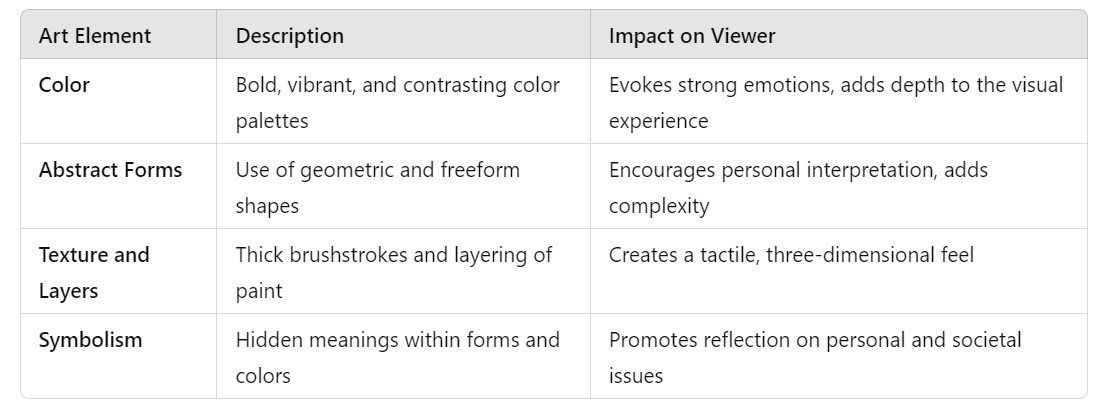
This table highlights the primary elements that define Mario de Graaf’s art, emphasizing how each aspect contributes to the overall impact of his work.
3. Layering and Texture
Texture is another defining feature of Mario de Graaf’s art. His paintings often include thick layers of paint that give the surface a rich, tactile quality. By building up layers, de Graaf creates a sense of depth and dimension that draws the viewer in. The texture adds to the emotional weight of the piece, making the experience of viewing his art feel more immersive.
The technique of layering also mirrors the complexity of human emotions and the multi-faceted nature of life. In works like In Between the Lines, the layers of paint represent the hidden emotions and unspoken thoughts that lie beneath the surface.
4. Symbolism and Hidden Meanings
De Graaf’s work is often rich with symbolism, with hidden meanings woven into the abstract forms and colors. These symbols are not always immediately apparent but reveal themselves upon deeper inspection. For example, recurring motifs like broken lines and fragmented shapes often symbolize the fragility of human connections and the impermanence of life.
His painting Shattered Dreams is a poignant example of this. At first glance, it may seem like a chaotic jumble of shapes and colors, but upon closer examination, the painting reveals itself to be a commentary on the emotional toll of unmet expectations and lost aspirations.
The Emotional Depth of Mario de Graaf’s Art
While many contemporary artists focus solely on aesthetics, Mario de Graaf art is special because of the emotional depth embedded within each piece. His art explores the complexities of the human experience, touching on themes of love, loss, joy, and sorrow. This emotional depth gives his work a timeless quality, making it relatable to people from all walks of life.
De Graaf’s ability to evoke such profound emotional responses from his audience is one of the reasons why his art is highly sought after in both gallery exhibitions and private collections.
Influence on Modern Art
Mario de Graaf has had a significant impact on the world of contemporary art, influencing a new generation of artists with his innovative approach to abstraction and emotional storytelling. His work has been featured in numerous exhibitions around the world, and his unique style has been compared to that of Pablo Picasso and Jackson Pollock.
Many art critics praise de Graaf for his ability to blend modern art techniques with universal themes, making his work accessible to a wide audience while still maintaining a high level of artistic integrity.
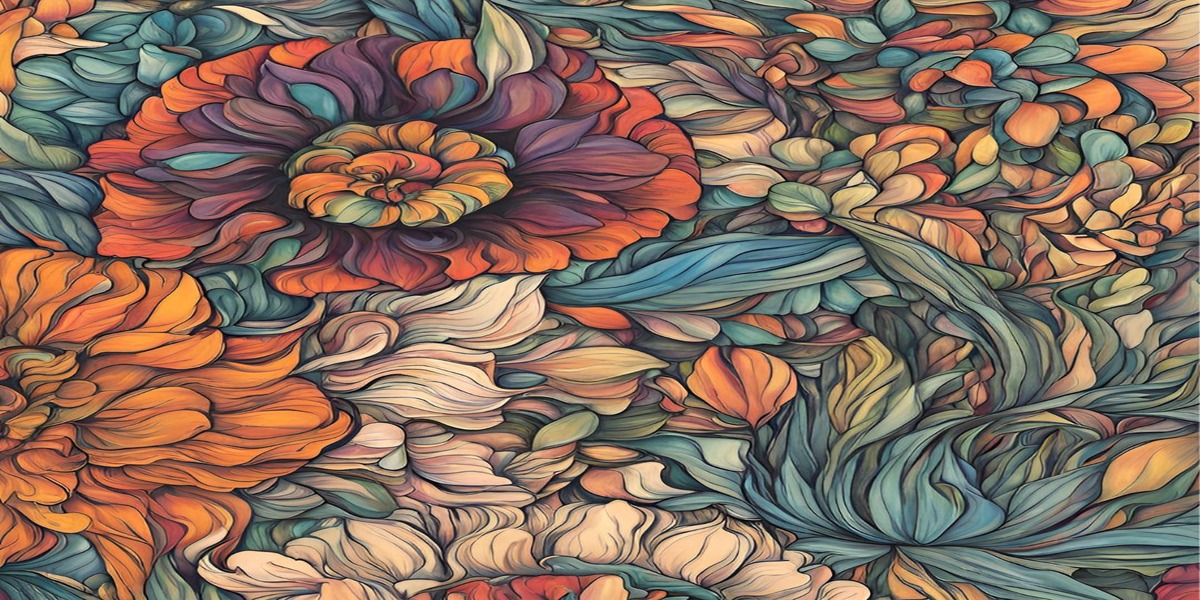
Conclusion: Why Mario de Graaf Art Stands Out
In conclusion, what makes Mario de Graaf art so special is its ability to combine aesthetic beauty with emotional depth and intellectual complexity. His innovative use of color, abstract forms, texture, and symbolism creates a multi-layered experience that invites viewers to explore the artwork on both a visual and emotional level.
Mario de Graaf’s art goes beyond the canvas; it becomes a conversation between the artist and the viewer, allowing for personal interpretation and reflection. It is this combination of visual innovation and emotional resonance that makes his art truly unique in the contemporary art world.
FAQs
- What is the primary style of Mario de Graaf art?
- Mario de Graaf’s art is primarily abstract, characterized by bold colors, dynamic shapes, and layered textures.
- How does Mario de Graaf use color in his art?
- De Graaf uses vibrant and contrasting color palettes to evoke strong emotions and add depth to his paintings.
- What themes are explored in Mario de Graaf’s art?
- His art explores themes such as love, conflict, memory, and the human condition, often through abstract forms and symbolism.
- How does Mario de Graaf incorporate texture into his work?
- De Graaf uses thick brushstrokes and layering techniques to create a tactile, three-dimensional feel in his paintings.
- What is the emotional impact of Mario de Graaf’s art?
- His art often evokes profound emotional responses, making it deeply relatable and timeless.
- Where can I view or purchase Mario de Graaf’s art?
- Mario de Graaf’s art can be viewed in galleries worldwide, and selected pieces are available for purchase through various art dealers and online platforms.







